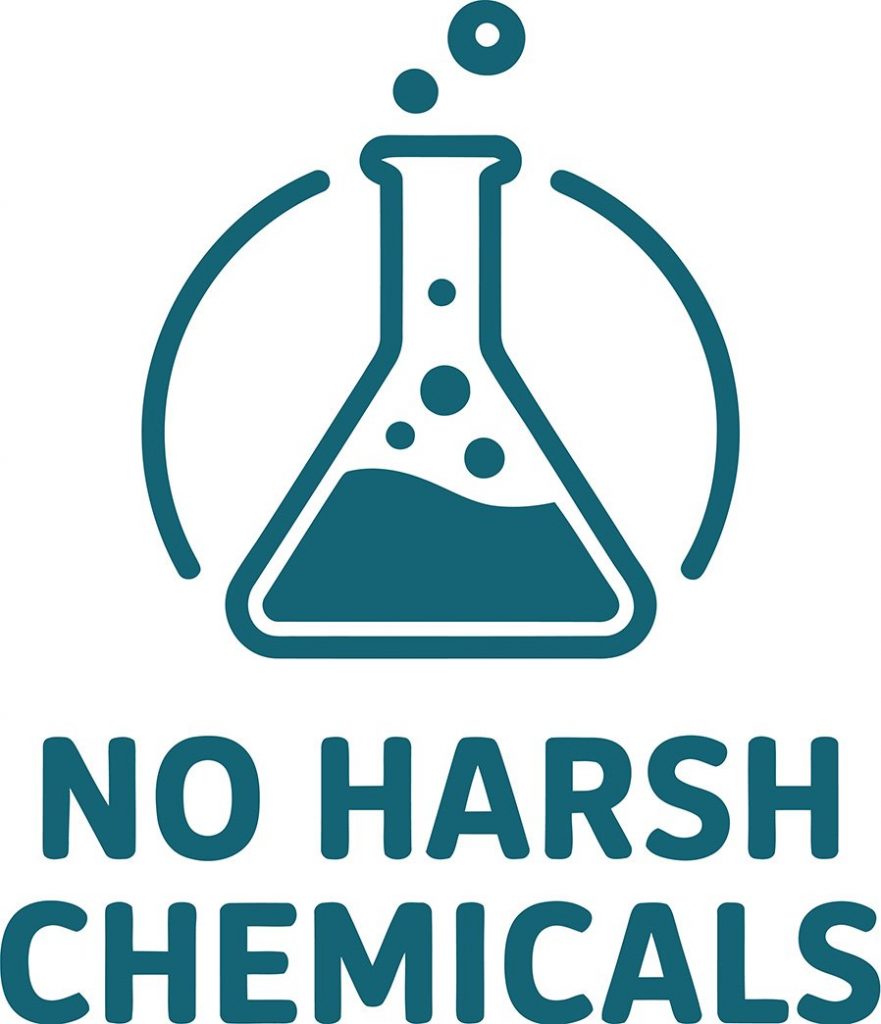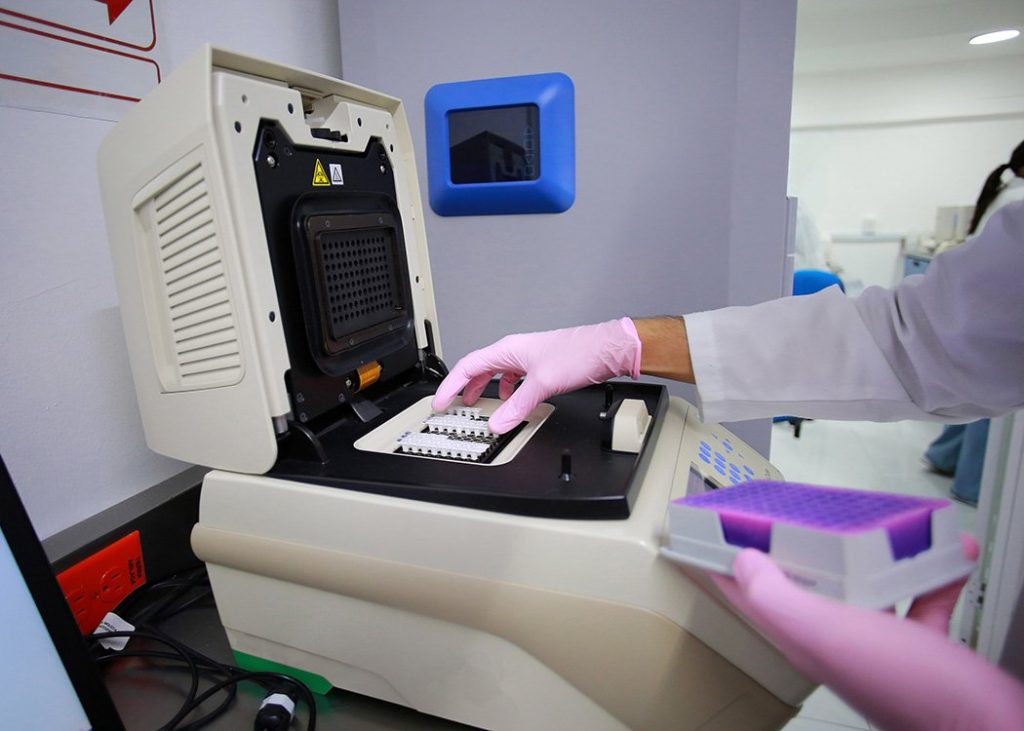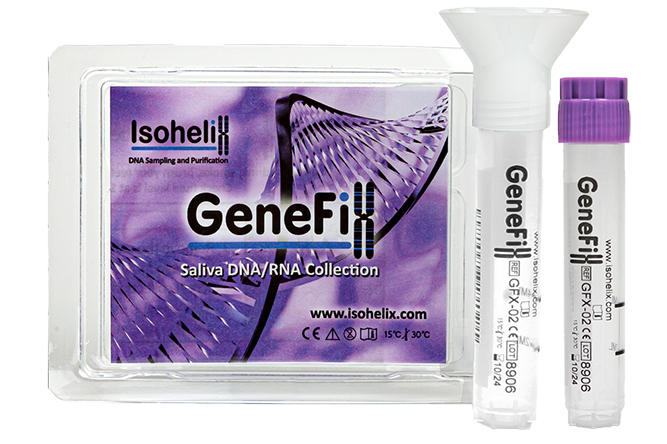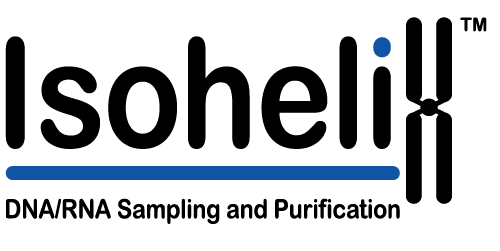
The quality of DNA extracted from donor samples affects the quality of data produced from genomic analyses, and as analysis techniques become more sophisticated, DNA quality becomes even more important.
DNA samples are vulnerable to degradation during collection and transport. For many years, chaotropic guanidinium-based reagents such as guanidinium thiocyanate (GITC) and guanidinium hydrochloride (GHCl) have been used as constituents of nucleic acid sample collection buffers and extraction kits because they stabilize the nucleic acids in samples. For example, when extracting RNA, a mix of guanidinium thiocyanate, phenol and chloroform is often used, and is more efficient than phenol-only procedures. Guanidinium-based reagents disrupt cells and inactivate nucleases and are also commonly used to inactivate infectious viruses prior to nucleic acid testing.
However, reagents containing guanidinium pose several operational and safety challenges. Guanidinium-free stabilization systems, such as the Isohelix nucleic acid sampling and purification portfolio, offer a compelling alternative that protects samples without compromising on safety, scalability, or downstream performance.
Nucleic acid sample collection and stabilization

In an era of large-scale epidemiological studies, home diagnostics, and remote clinical trials, sample collection solutions must be safe, stable at ambient temperature, secure during transit, and usable by non-technicians.
Collection kits must:
- Ensure sample donor safety
- Enable lab safety and efficiency
- Allow high-resolution genomic analysis
- Be compatible with logistics chains
- Reduce environmental impacts where possible
The hazards of guanidinium-based reagents
GITC and GHCl are toxic and corrosive[i]. Working with kits containing guanidinium can require the use of personal protective equipment (PPE), hazardous waste processing, and can create shipping challenges. The hazardous nature of GTC and GHCl buffers limits their use in self-collection kits because of the potential for misuse by members of the public.
Reagents containing GTC and GHCl can also pose hazards in testing laboratories due to their incompatibility with sodium hypochlorite-based disinfectants[ii]. When mixed with bleach (sodium hypochlorite), they produce toxic cyanide gas which is a particular problem if disinfectants are routinely used around sample processing areas, or washed through automated liquid handling systems.

Does guanidinium interfere with downstream assays?

In addition to handling challenges, guanidinium present in samples can pose problems for downstream assays. Guanidinium residues can inhibit sensitive enzymatic reactions, reduce PCR efficiency, and disrupt next-generation sequencing and long-read library preparations. Samples prepared using guanidinium-containing reagents may require additional purification steps to ensure the removal of all residues. These additional steps add time and cost to a workflow.
Isohelix products are safe and effective, without hazardous components
As sample collection has expanded beyond specialist labs and into decentralized, high-throughput, and at-home workflows, guanidinium-based chemistries have become increasingly problematic.
IsohelixTM devices are completely non-hazardous and non-toxic and do not contain guanidinium. They are safe for use by donors for at home collection, compatible with advanced sequencing technologies and other sensitive downstream assays, stablizie samples so that they are easy to ship and store, and Isohelix GeneFix GFX and BuccalFix BFX have been shown to strongly inactivate COVID-19.[iii][iv]

Over the past two decades, saliva-based DNA collection has become routine for population-scale genetic studies, clinical research, and emerging diagnostic applications. Using Isohelix products, saliva collection is safe and non-invasive, and saliva collection kits can be mailed to donors for self-collection at home.
CLICK HERE TO FIND OUT MORE…..
| Requirement | Why it matters |
| Room-temperature stability | Supports global logistics and eliminates cold chain dependency |
| Non-toxic formulation | Enables use in community, home, and non-clinical settings |
| Inactivates Pathogens No hazardous gas risk | Safe shipping and handling of samples Safer workflows |
| Protection of both DNA & RNA | Flexibility for multi-omic applications |
| Compatibility with PCR, NGS, long-read sequencing | No inhibitors, no yield loss, no extra cleanup |
| Lower regulatory profile | Easier approvals, fewer transport restrictions |
[i] https://www.fishersci.com/store/msds?partNumber=BP221250&productDescription=GUANIDINE+THIOCYANATE+250GR&vendorId=VN00033897&countryCode=US&language=en
[ii] U.S. Food and Drug Administration. Transport Media Safety Risk—Use Compatible Transport Media with SARS-CoV-2 Tests that Use Bleach—Letter to Clinical Laboratory Staff and Health Care Providers (2020).
[iii] Public Health England. SARS-CoV-2 Inactivation Testing, Isohelix GeneFixTM Buffer. https://assets.publishing.service.gov.uk/government/uploads/system/uploads/attachment_data/file/937435/HCM-CoV2-036 v3_GeneFix_Buffer_TCF__1_.pdf
[iv] Public Health England. SARS-CoV-2 Inactivation Testing, Isohelix BuccalFix Buffer. https://assets.publishing.service.gov.uk/government/uploads/system/uploads/attachment_data/file/937438/HCM-CoV2-035- v3_BuccalFiX_Buffer_TCF__2_.pdf

 Email Us
Email Us